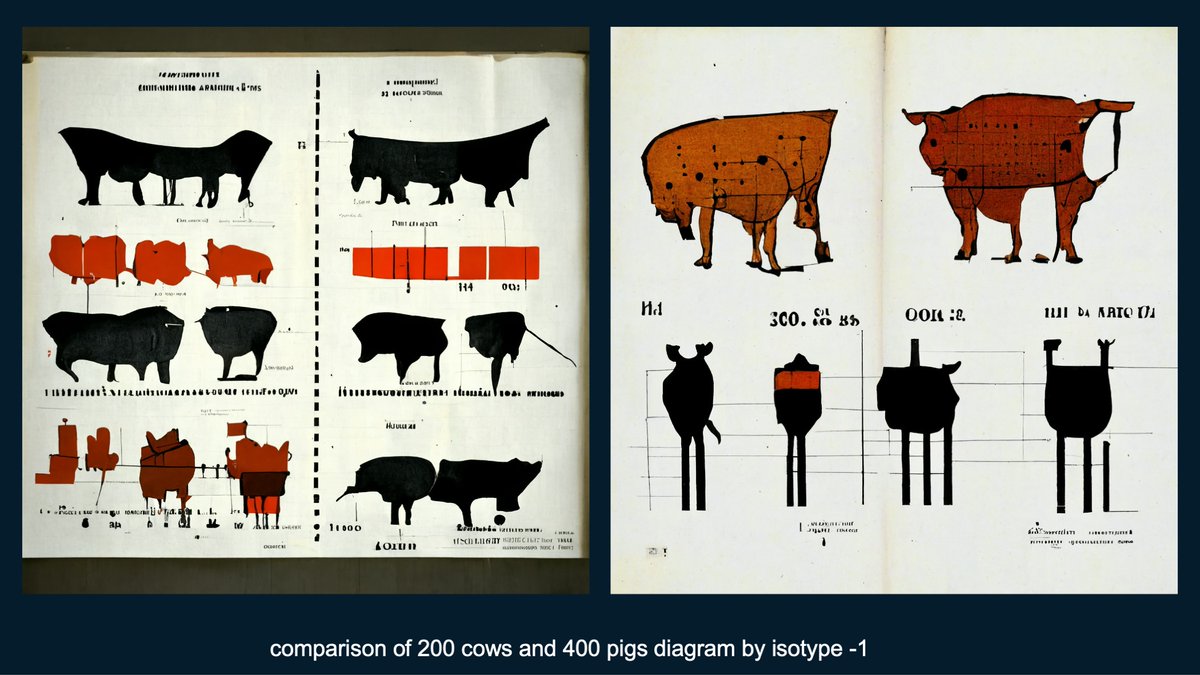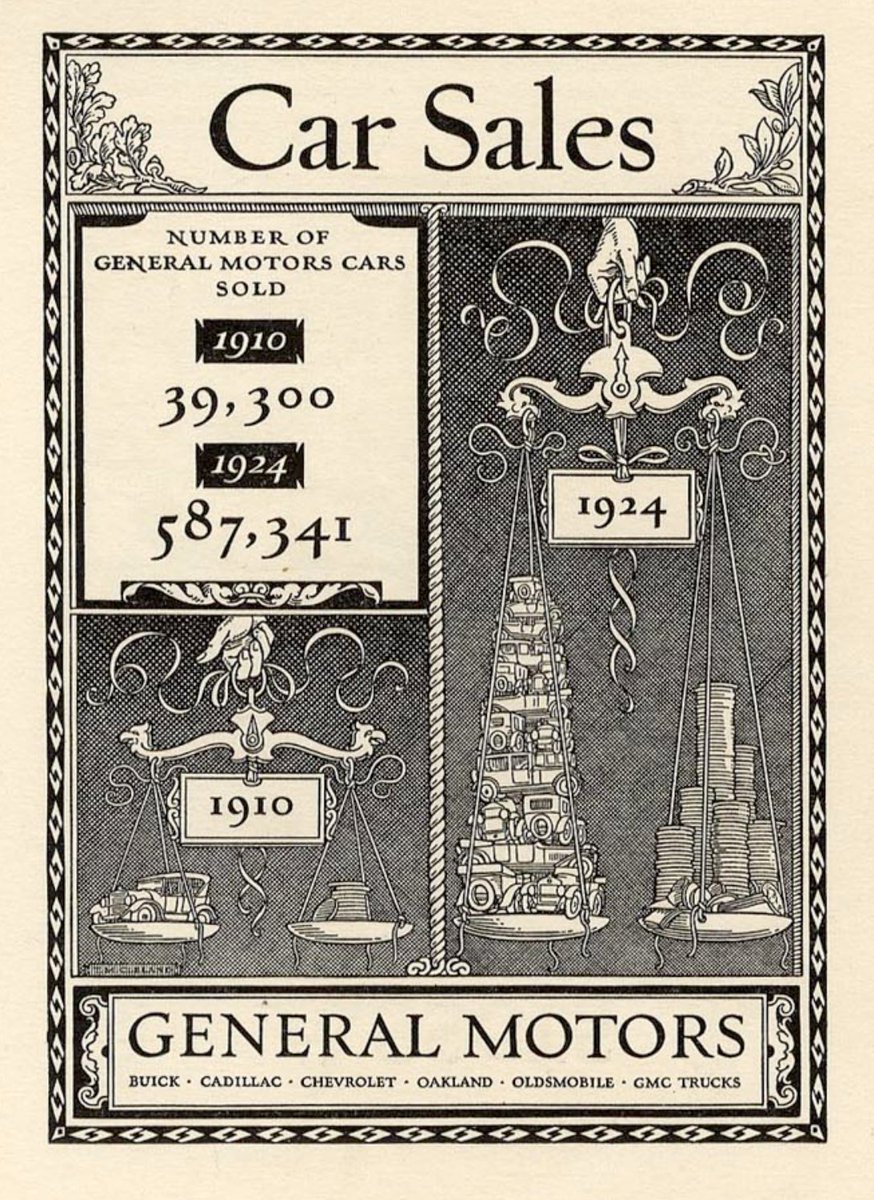First off, it is not narrated, and the paintings are treated more like a visual remix. Elements if multiple paintings are collaged in a single animated scene 

As you prob know, audiences are flocking to the show(s) and I wonder if it is because the visuals use the language of film rather than the language of painting. 

The other surprise was how arty it was. The beginning was very discordant and glitchy. I guess a premonition of his mental state- but nothing was explicit. The music was a mix of abstract electronic and classic but in a surprising way for such a popular reaction. 

I also wondered if the overwhelmingly positive reaction was related to our need to reconnect with something more authentic, as if the animated paintings represented a more shared understanding of truth/beauty. 

But if that were so, what does that say about the format that so clearly resonates? Maybe we are entering the age if the immersive remix? If so it proves that a general audience can certainly be pushed aesthetically and narratively. 

One last comment - staying through the end included credits for all the technical folks, and then the merchandise team, a group of investors, and then the groups that staged the show. While fairly “inclusive”, it is many steps away from the cult if the curator. 

• • •
Missing some Tweet in this thread? You can try to
force a refresh



















